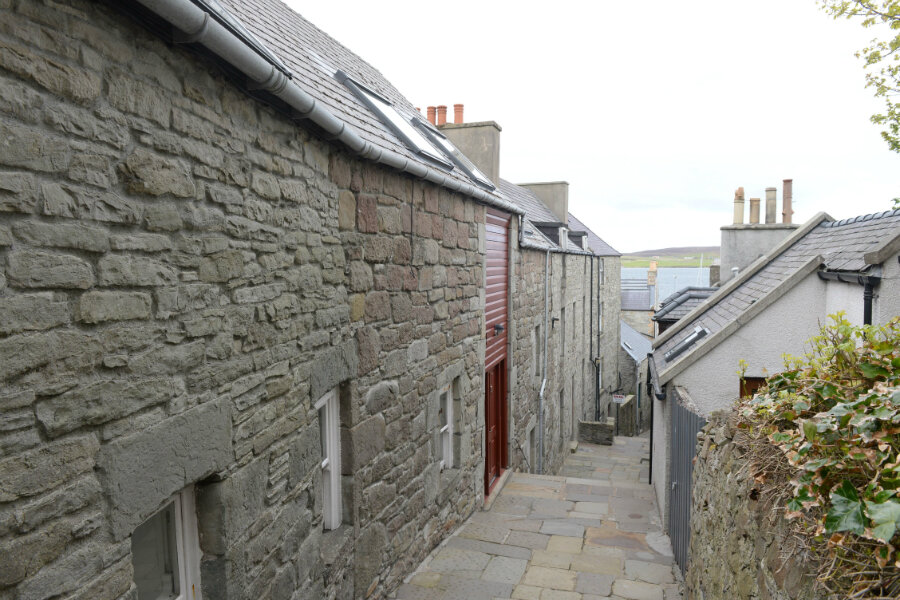It’s that time of year when any of us, wandering around some French hamlet or Tuscan hill town, can very easily fall to wondering about the possibility of that idyllic continental retreat. But a visit to Shetland can provoke exactly the same response and, for many people, moving to the islands has been a good decision.
There’s a steady supply of homes in ‘move-in’ condition for sale, but not everyone wants something mainstream. One option is to find and restore an older property. There’s huge satisfaction to be gained from breathing life back into a place of real character, more than outweighing the challenges; though having done it myself, I’m in no doubt that there are challenges!
Renovating older houses became very popular in Shetland from the late 1970s onwards and, in the Lanes of Lerwick, the entire district was reborn. It’s hard to believe that, in the mid 1970s, much of the area around Reform Lane and Park Lane consisted of roofless shells. Today, the Lanes area is one of the most sought-after places to live in the town, with all the advantages of a central location and the bonus of very sheltered, walled gardens.




